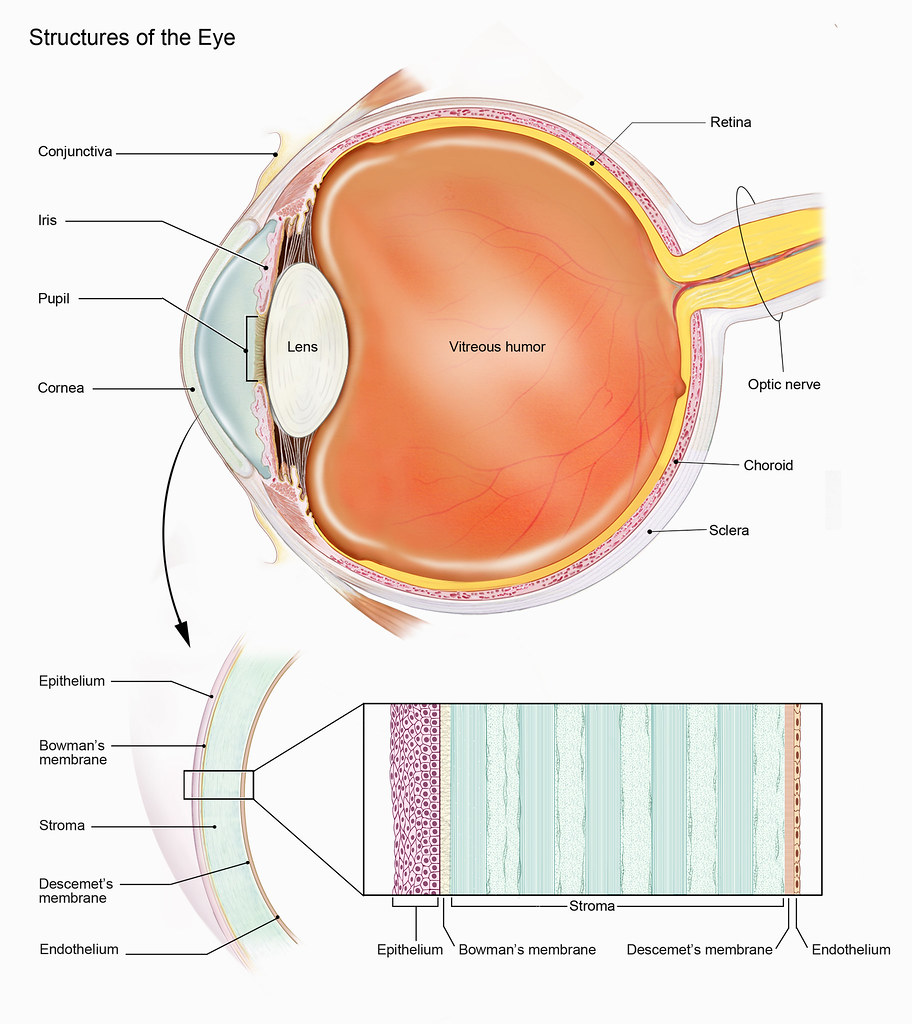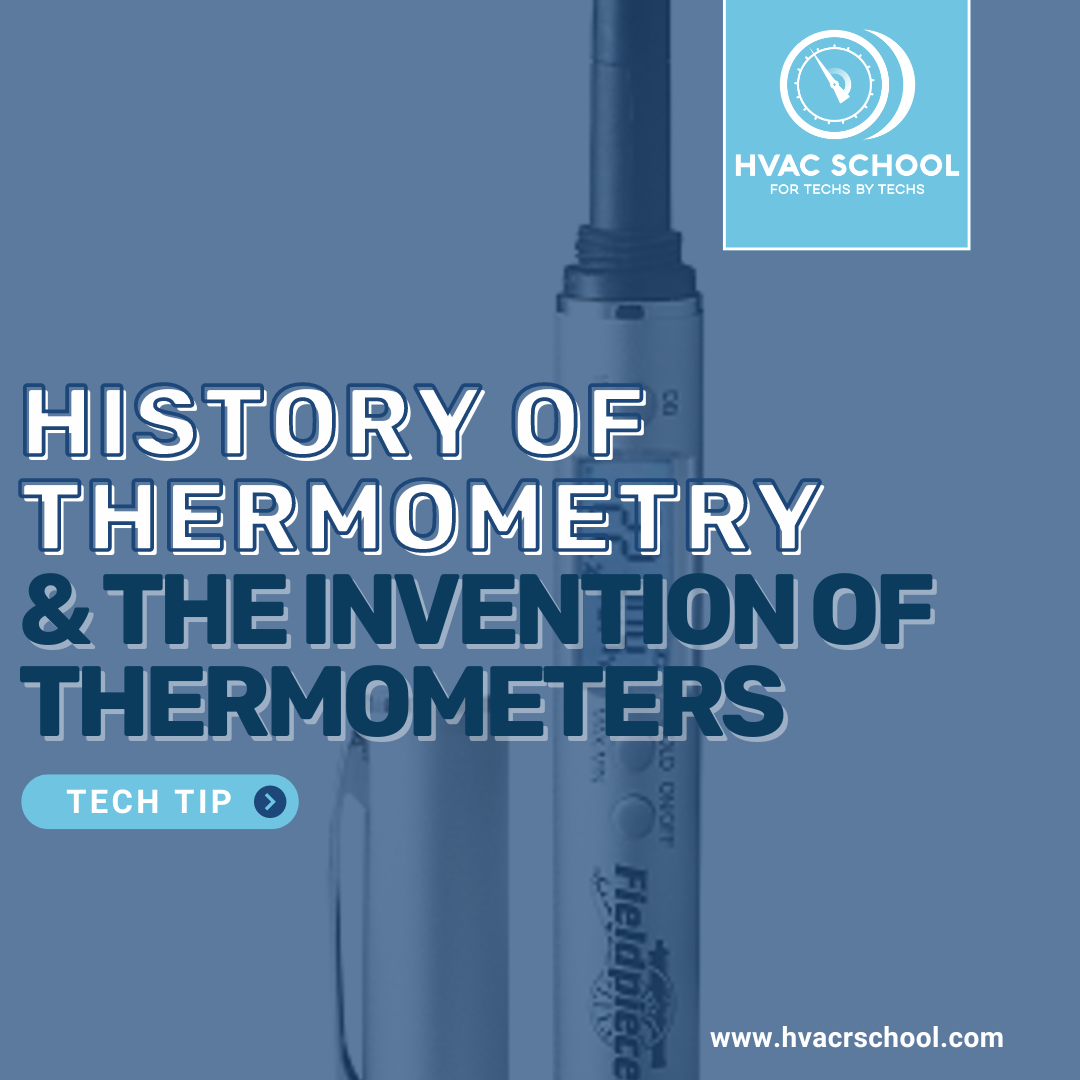Get Tech Tips
Subscribe to free tech tips.
Drains and Double traps

Double traps are no good. That's the end of this tech tip.
Okay, here's some detail:
Anytime your drain goes up and down more than once, you have a double trap UNLESS you place an air vent between the two traps that vents ABOVE the drain inlet.
The double trap causes drainage issues because air becomes trapped between the two traps, and air is lighter than water. That causes the air to travel up as the water flows down, resulting in NO DRAINAGE.
A vent allows the air to move instead of becoming trapped. That is why you vent a drain after the first trap if there is another trap or the potential of another trap.
That is also why you vent a drain after the first trap and before a common drain if you connect more than one drain. It helps prevent the possibility of a double trap, thus preventing a nasty backup.
In general, just pitch the drain properly, install only one trap, and don't interconnect (unless required). Do those, and you will have no problem.
That was easy!
—Bryan










Comments
How about some pictures of the right way to do it for various scenarios.
How about some pictures of the right way to do it for various scenarios.
This flight-themed slot combines adventure with high stakes.
Jump into the cockpit and try your luck through aerial challenges for huge multipliers.
With its retro-inspired visuals, the game reflects the spirit of early aviation.
aviator download
Watch as the plane takes off – claim before it flies away to secure your earnings.
Featuring seamless gameplay and immersive audio design, it’s a top choice for slot enthusiasts.
Whether you’re looking for fun, Aviator delivers uninterrupted action with every round.
This flight-themed slot combines adventure with high stakes.
Jump into the cockpit and try your luck through aerial challenges for huge multipliers.
With its retro-inspired visuals, the game reflects the spirit of early aviation.
aviator download
Watch as the plane takes off – claim before it flies away to secure your earnings.
Featuring seamless gameplay and immersive audio design, it’s a top choice for slot enthusiasts.
Whether you’re looking for fun, Aviator delivers uninterrupted action with every round.
Looking for experienced workers available to handle short-term hazardous jobs.
Need someone for a perilous assignment? Discover certified laborers here to manage critical dangerous operations.
order a kill
Our platform matches businesses to trained workers prepared to accept high-stakes temporary roles.
Employ background-checked laborers for perilous duties securely. Perfect for urgent scenarios demanding specialized expertise.
Looking for experienced workers available to handle short-term hazardous jobs.
Need someone for a perilous assignment? Discover certified laborers here to manage critical dangerous operations.
order a kill
Our platform matches businesses to trained workers prepared to accept high-stakes temporary roles.
Employ background-checked laborers for perilous duties securely. Perfect for urgent scenarios demanding specialized expertise.
On this site, you can find top CS:GO betting sites.
We offer a diverse lineup of gaming platforms dedicated to CS:GO.
Every website is handpicked to ensure trustworthiness.
legit csgo gambling sites
Whether you’re new to betting, you’ll quickly select a platform that fits your style.
Our goal is to make it easy for you to find reliable CS:GO wagering platforms.
Explore our list right away and boost your CS:GO playing experience!
On this site, you can find top CS:GO betting sites.
We offer a diverse lineup of gaming platforms dedicated to CS:GO.
Every website is handpicked to ensure trustworthiness.
legit csgo gambling sites
Whether you’re new to betting, you’ll quickly select a platform that fits your style.
Our goal is to make it easy for you to find reliable CS:GO wagering platforms.
Explore our list right away and boost your CS:GO playing experience!
Thank you, I’ve just been searching for info approximately this topic for a long time and yours is the best I have came upon so far. However, what about the bottom line? Are you sure about the source?
Thank you, I’ve just been searching for info approximately this topic for a long time and yours is the best I have came upon so far. However, what about the bottom line? Are you sure about the source?
Наш веб-портал — цифровая витрина профессионального расследовательской службы.
Мы предлагаем услуги в сфере сыскной деятельности.
Штат сотрудников работает с предельной осторожностью.
Наша работа включает наблюдение и разные виды расследований.
Детективное агентство
Каждое обращение подходит с особым вниманием.
Применяем современные методы и действуем в правовом поле.
Ищете настоящих профессионалов — добро пожаловать.
Наш веб-портал — цифровая витрина профессионального расследовательской службы.
Мы предлагаем услуги в сфере сыскной деятельности.
Штат сотрудников работает с предельной осторожностью.
Наша работа включает наблюдение и разные виды расследований.
Детективное агентство
Каждое обращение подходит с особым вниманием.
Применяем современные методы и действуем в правовом поле.
Ищете настоящих профессионалов — добро пожаловать.
I’ve got a SEPARATE TYPE of trap problem. My HEAD AC guy said this is impossible — It isn’t, and if the TRAP is not primed, NOTHING flows!
— I Co-Installed my 5 ton AC. The drain pan runs straight out 6″, into a trap that’s about 4″ deep. Then it runs straight down 24″ to the open Condensation DRAIN PUMP open air reservoir , (one of the greatest devices, ever – No dirty clogged drains!). But, first time I ran this setup, nothing would drain into the pump. Turn off the AC (FAN, especially), water flows out of the pan some, if you pull the pipe of of the drain pan, (at least the part that didn’t overflow into the cut-off switch!).
The solution was this: IF the drain pump reservoir is EMPTY, and the TRAP has no water in it EITHER, the fan SIMPLY acts as a VACUUM and the airflow is coming from the pump reservoir, and this prevents ANY water from even reaching the TRAP. FILL the trap with water FIRST, and THEN the AC can’t suck up enough water to raise above that 4″ level inside the trap, and then the condensation runs out just fine. (I ALSO assume that if I had primed the PUMP reservoir instead, that would have prevented the airflow, and so wouldn’t prevent draining into the trap). In this config, a trap IS REQUIRED, because if there isn’t one, AND the pump reservoir was dry, the AIR WILL prevent draining!
RULE — Make SURE there is NO AIR entering from the drain pan piped to the outside, or it will NEVER flow out.
ALSO, make sure you don’t have a DOUBLE TRAP, which is easy to accidently create, simply by running out the pipe horizontally across the front, but where you allow it to DIP 2″ DOWN. If there’s another trap later, the condensation will never leave that DIP in your pipe.
I’ve got a SEPARATE TYPE of trap problem. My HEAD AC guy said this is impossible — It isn’t, and if the TRAP is not primed, NOTHING flows!
— I Co-Installed my 5 ton AC. The drain pan runs straight out 6″, into a trap that’s about 4″ deep. Then it runs straight down 24″ to the open Condensation DRAIN PUMP open air reservoir , (one of the greatest devices, ever – No dirty clogged drains!). But, first time I ran this setup, nothing would drain into the pump. Turn off the AC (FAN, especially), water flows out of the pan some, if you pull the pipe of of the drain pan, (at least the part that didn’t overflow into the cut-off switch!).
The solution was this: IF the drain pump reservoir is EMPTY, and the TRAP has no water in it EITHER, the fan SIMPLY acts as a VACUUM and the airflow is coming from the pump reservoir, and this prevents ANY water from even reaching the TRAP. FILL the trap with water FIRST, and THEN the AC can’t suck up enough water to raise above that 4″ level inside the trap, and then the condensation runs out just fine. (I ALSO assume that if I had primed the PUMP reservoir instead, that would have prevented the airflow, and so wouldn’t prevent draining into the trap). In this config, a trap IS REQUIRED, because if there isn’t one, AND the pump reservoir was dry, the AIR WILL prevent draining!
RULE — Make SURE there is NO AIR entering from the drain pan piped to the outside, or it will NEVER flow out.
ALSO, make sure you don’t have a DOUBLE TRAP, which is easy to accidently create, simply by running out the pipe horizontally across the front, but where you allow it to DIP 2″ DOWN. If there’s another trap later, the condensation will never leave that DIP in your pipe.
To leave a comment, you need to log in.
Log In